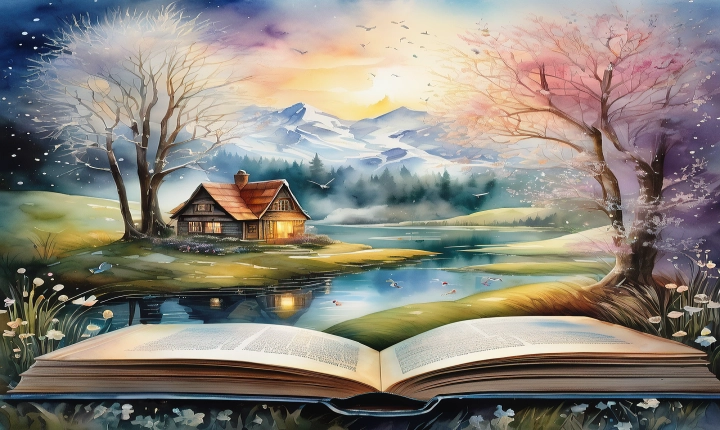How is Everyone Making AI Art?
Artificial Intelligence (AI) has been making waves in the world of art in recent years, and its impact on the creation and appreciation of artwork cannot be overstated. From generating unique pieces of art to assisting human artists in their creative process, AI has opened new possibilities and sparked debates about the future of art.
One of the most popular ways in which AI is being used to create art is through the development of generative adversarial networks (GANs). GANs are a type of AI algorithm that consists of two neural networks – a generator and a discriminator – competing with each other to produce authentic-looking images. This technology has been used to create stunning and often surreal pieces of art that challenge traditional ideas of creativity and authorship.
Another method for creating AI art is through the use of deep learning algorithms, which can analyze vast amounts of visual data and learn to replicate artistic styles. By feeding these algorithms with images of famous artworks or specific styles, AI can produce new pieces that imitate the distinctive characteristics of renowned artists or art movements.
Furthermore, there are AI-driven tools and software that enable artists to collaborate with AI, using it as a source of inspiration and creative input. These tools can suggest color palettes, compositions, and even generate entire artworks based on the artist’s input and preferences.
The rise of AI art has also led to discussions about the role of AI in the art world and the ethical concerns surrounding it. Some argue that using AI in art creation devalues the human experience and undermines the authenticity of the creative process, while others see it as a tool that expands the artistic potential and offers new perspectives.
In addition to creating art, AI is also being utilized in the art world to analyze and interpret existing works. This includes tasks such as categorizing, curating, and interpreting art history, as well as predicting market trends and evaluating the impact of different artistic movements.
Furthermore, various museums and institutions are exploring the use of AI to engage audiences in new ways, such as through interactive exhibits, virtual tours, and personalized recommendations based on visitors’ preferences.
Overall, the integration of AI into the art world has sparked innovation and controversy, raising questions about the nature of creativity, authorship, and the future of art. Whether AI is seen as a tool, a collaborator, or a threat to human creativity, its influence on the creation and appreciation of art is undeniable and continues to evolve, opening new frontiers for artistic expression and exploration.
